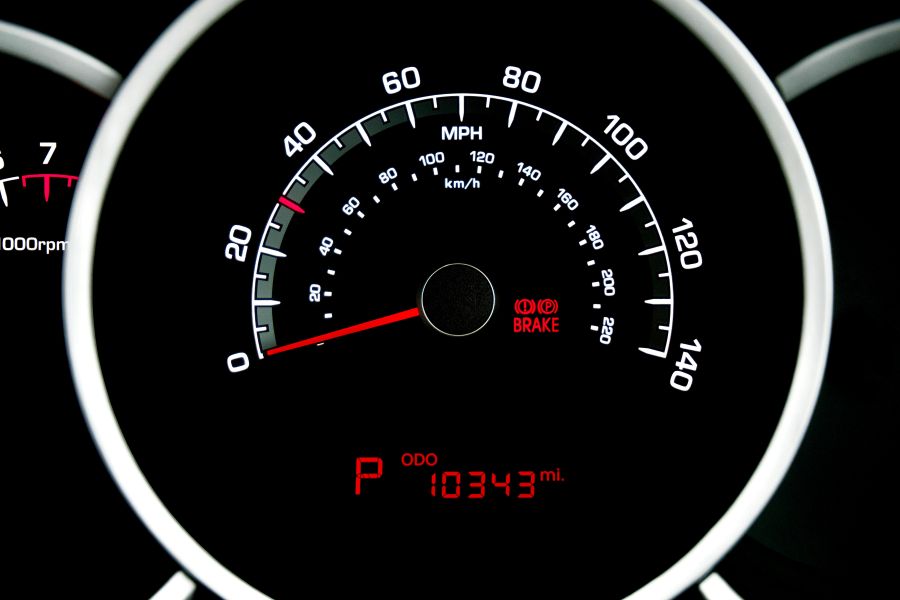Understanding how to convert meters to miles is essential for various applications, from international travel to scientific research. This comprehensive guide will walk you through the conversion process, provide practical examples, and offer tips for quick mental calculations.
Understanding Meters and Miles
Before diving into the conversion process, it's important to understand what these units represent:
What is a Meter?
The meter (or metre) is the base unit of length in the International System of Units (SI). Originally defined as one ten-millionth of the distance from the equator to the North Pole, it's now defined by the distance light travels in a vacuum during a specific fraction of a second. One meter is approximately the distance from the floor to a doorknob.
What is a Mile?
The mile is a unit of length in the imperial and US customary systems. It equals 5,280 feet or 1,760 yards. The mile originated from the Roman mille passuum, meaning "thousand paces," which was the distance of 1,000 steps of a Roman legion.
The Conversion Formula
Converting meters to miles is straightforward once you know the conversion factor:
Therefore: miles = meters ÷ 1,609.344
For practical purposes, many people round this to 1,609 or even 1,600 meters per mile for simpler mental calculations.
Step-by-Step Conversion Process
Follow these steps to convert any measurement from meters to miles:
- Start with your measurement in meters. Make sure you have the correct value.
- Divide by 1,609.344. This is the exact conversion factor from meters to miles.
- Round as needed. Depending on your required precision, you may want to round to a specific number of decimal places.
Let's convert 5,000 meters to miles:
5,000 meters ÷ 1,609.344 = 3.1069 miles
Rounded to two decimal places: 5,000 meters = 3.11 miles
Common Conversion Values
Here are some common meter-to-mile conversions that might be useful to memorize:
| Meters | Miles (Approximate) | Context |
|---|---|---|
| 100 meters | 0.062 miles | Short sprint distance |
| 400 meters | 0.25 miles | Standard track lap |
| 1,000 meters | 0.62 miles | 1 kilometer |
| 1,609 meters | 1 mile | Exact mile equivalent |
| 5,000 meters | 3.11 miles | 5K race distance |
| 10,000 meters | 6.21 miles | 10K race distance |
| 42,195 meters | 26.22 miles | Marathon distance |
Practical Applications
Understanding meter-to-mile conversions is useful in many real-world scenarios:
International Travel
When traveling between countries that use different measurement systems, knowing how to convert between meters and miles helps you understand distances on road signs, maps, and travel guides.
Fitness and Running
Many running events are measured in kilometers or meters (like a 5K or 10K race), while training apps might track in miles. Being able to convert between the two helps you understand your pace and progress.
Scientific Research
Scientific papers often use metric units, while some applications might require imperial units. Conversion skills are essential for accurate data interpretation.
When traveling internationally, remember that most countries outside the United States use the metric system. A quick way to estimate kilometers to miles is to multiply by 0.6, or for miles to kilometers, multiply by 1.6.
Tips for Quick Mental Conversion
Here are some shortcuts for converting meters to miles in your head:
- The 5/8 Rule: To convert kilometers to miles, multiply by 5/8 (or 0.625). Since 1,000 meters = 1 kilometer, you can use this for large meter values by first converting to kilometers.
- The 1.6 Rule: Remember that 1 mile is approximately 1.6 kilometers (or 1,600 meters). So to convert meters to miles, divide by 1,600 for a quick estimate.
- The Half-and-Add-10% Method: To convert kilometers to miles, take half the number and add 10% of the original number. For example, for 10 kilometers: half is 5, 10% is 1, so 10 km ≈ 6 miles.
Let's convert 8,000 meters to miles using the 1.6 rule:
8,000 meters = 8 kilometers
8 ÷ 1.6 = 5 miles
Therefore, 8,000 meters ≈ 5 miles
Historical Context
The relationship between meters and miles has an interesting history. The meter was first defined during the French Revolution as one ten-millionth of the distance from the North Pole to the equator along the Paris meridian. The mile, meanwhile, has ancient Roman origins.
The precise conversion factor between the two was established in 1959 when the international yard and pound agreement defined the yard as exactly 0.9144 meters, making the mile exactly 1,609.344 meters.
Conclusion
Converting meters to miles is a straightforward mathematical process once you understand the conversion factor. Whether you need precise calculations or quick estimates, the methods outlined in this guide will help you convert between these common units of measurement with confidence.
Remember the key conversion: 1 mile = 1,609.344 meters, or approximately 1,600 meters for quick mental calculations. With practice, these conversions will become second nature, allowing you to easily navigate between metric and imperial measurement systems.

